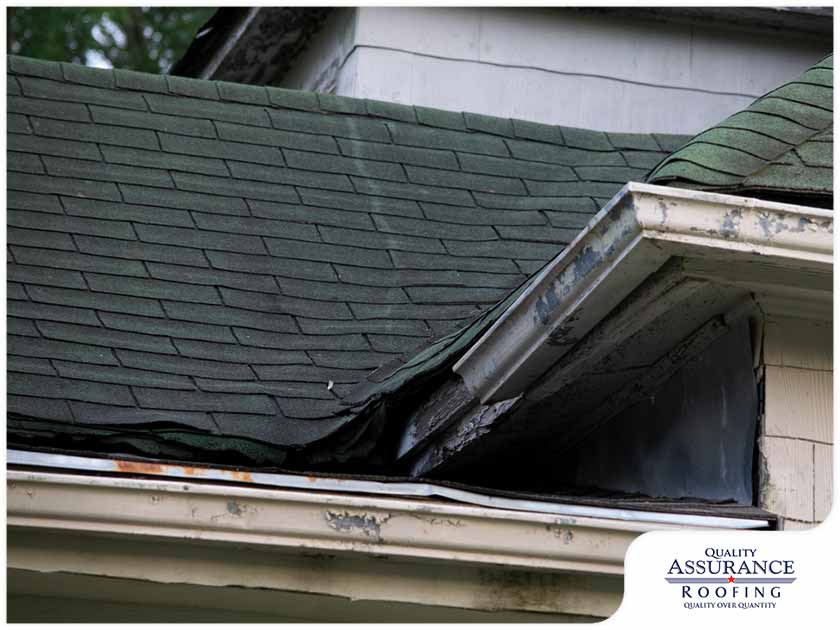Strong winds can bring down trees during extreme weather, so it’s easy to see how they can lift your asphalt shingles, too. Various factors can contribute to your roof’s resistance or susceptibility to wind damage. Here are some of them.
Installation Quality
Your roof’s wind resistance depends on the quality of roof installation. Qualified and certified roofers must properly attach the shingles to the roof sheathing using the right nails. They must ensure that all roof overhangs aren’t too large to avoid lifting during extreme weather.
Other factors include your roof’s pitch. To ensure your roof is wind-resistant, its pitch must be between 4/12 and 6/12. It means there should be a 4-inch to 6-inch rise for every 12 inches of run.
Roofing Material
High-quality asphalt shingle manufacturers make their roofs in the best way possible. This ensures they can accurately classify their roof under the proper category. For example, if you bought a class D set of shingles, it means the shingles can resist winds of up to 90 miles per hour (mph) and suffer minimal damage.
Your roof’s sheathing also determines the entire system’s wind resistance. Thick sheathing can grip shingle nails better, allowing the entire length of the nails to go deep into the material.
Maintenance
Proper maintenance is important. Generally, regularly maintained roofs are able to resist wind or storm damage better than poorly maintained roofs. That said, make sure to invest in regular roof upkeep and cleaning. Routine inspections are also helpful in keeping your roof in excellent condition.
At Quality Assurance Roofing, we guarantee quality workmanship that meets industry standards. It means you can rest assured that your roof is safe, durable and resistant to a fair amount of damage. To request a consultation, call us at (479) 279-8500 (Rogers, AR) or (417) 799-7889 (Branson West, MO). You can also fill out our contact form.

















